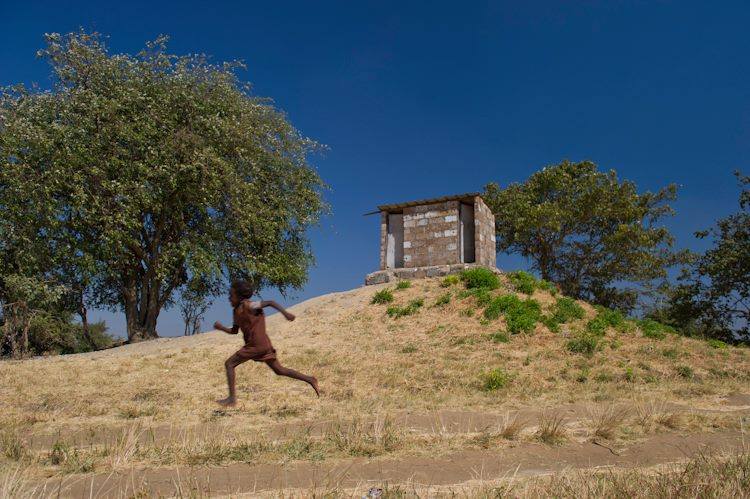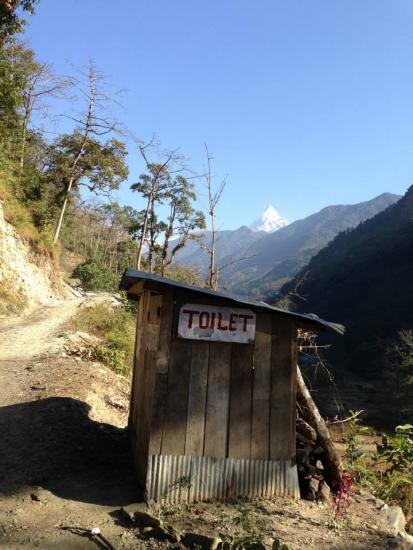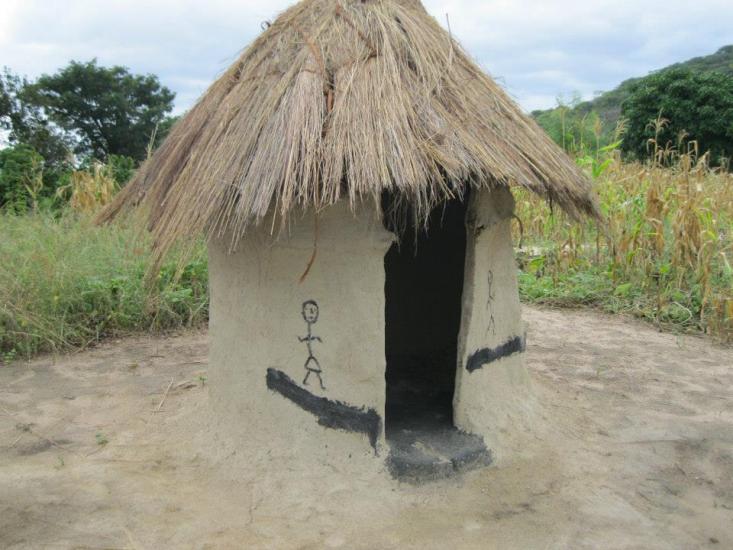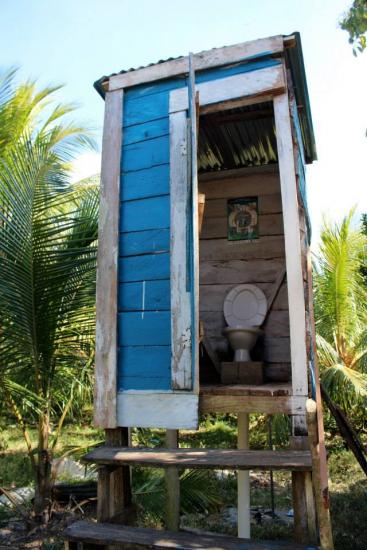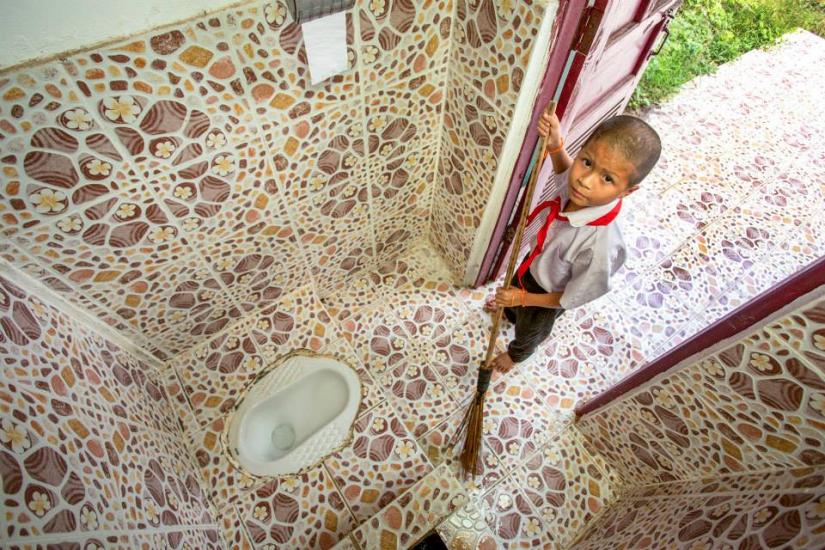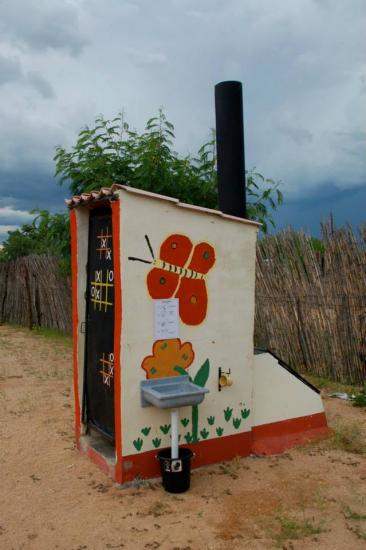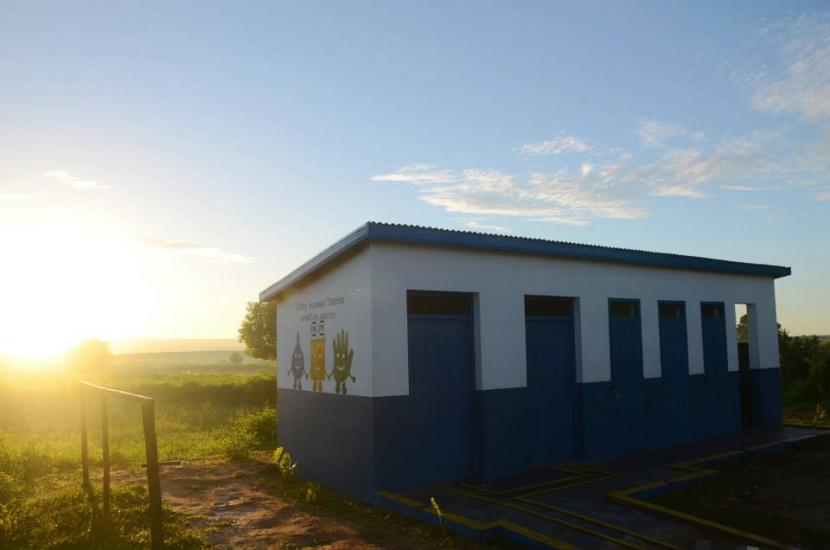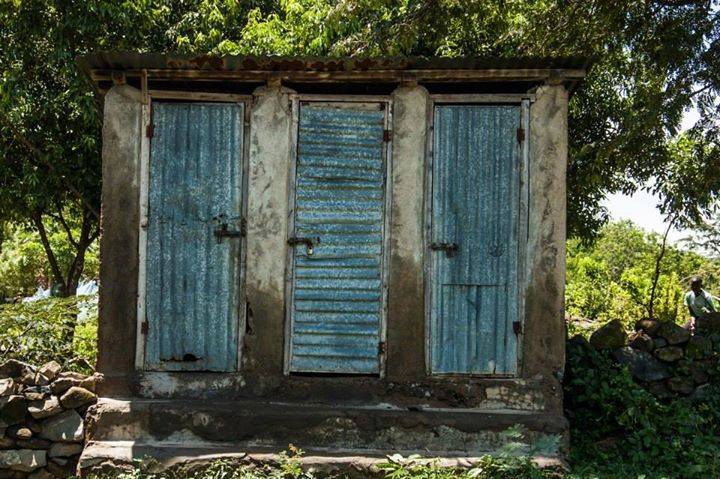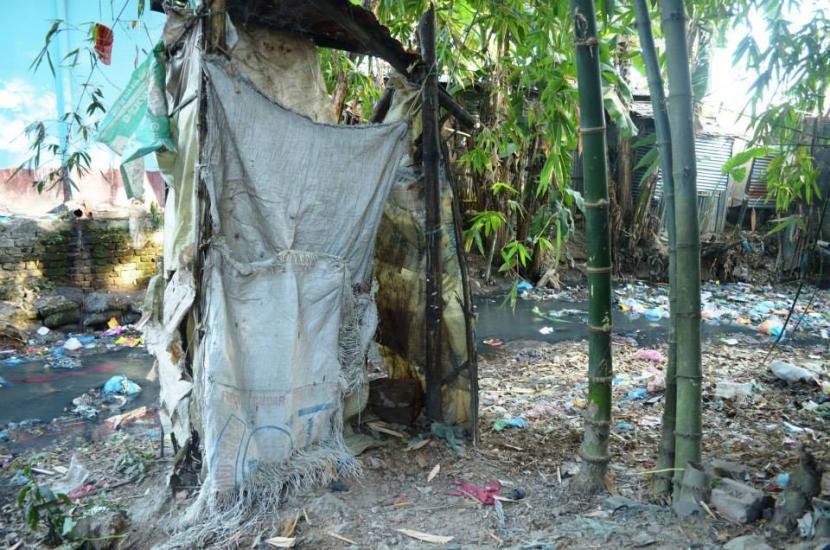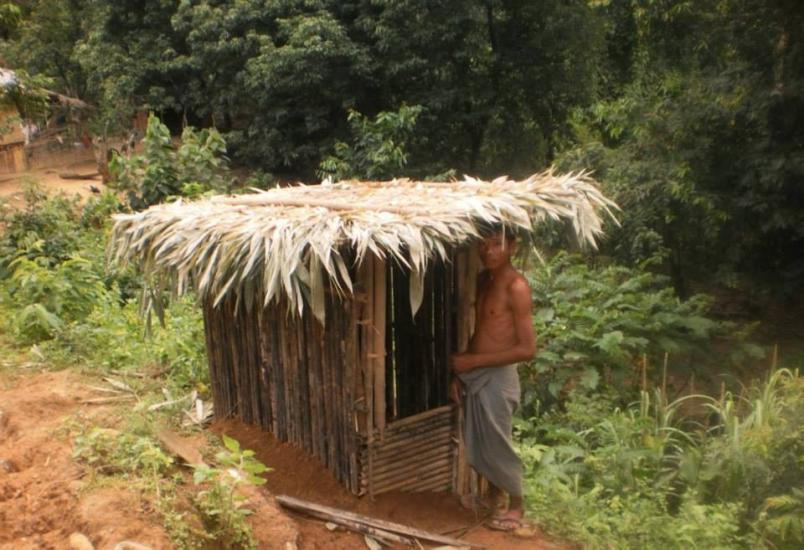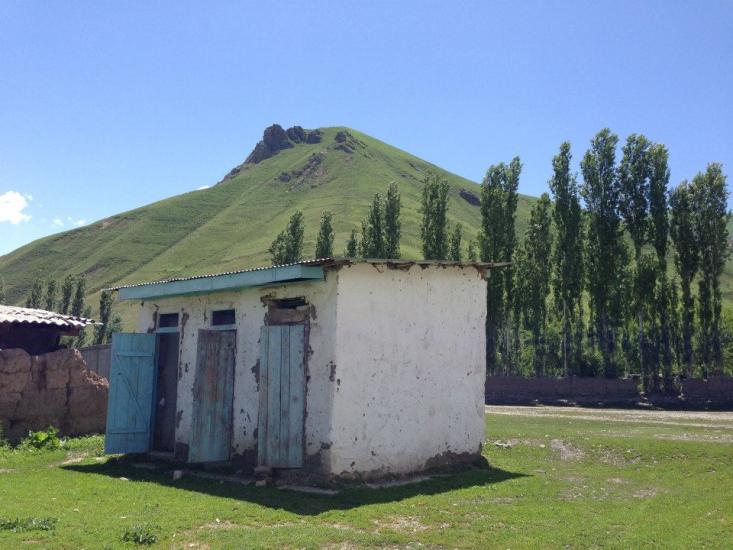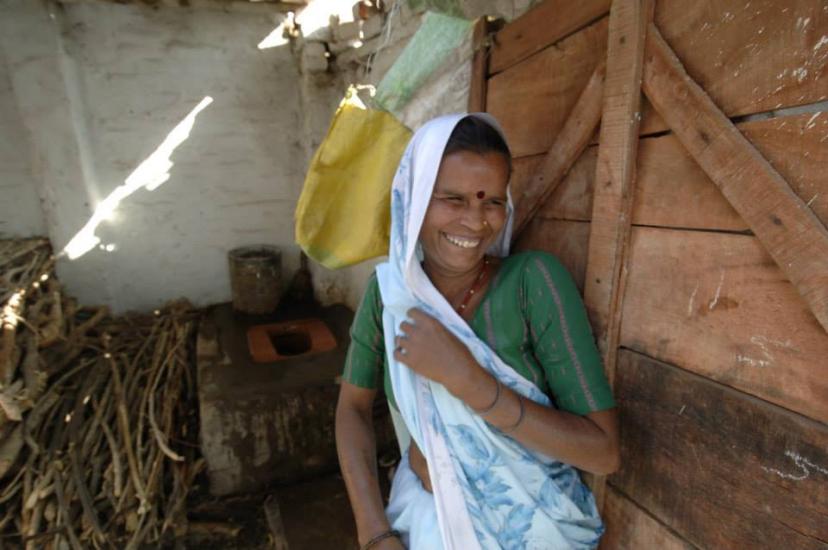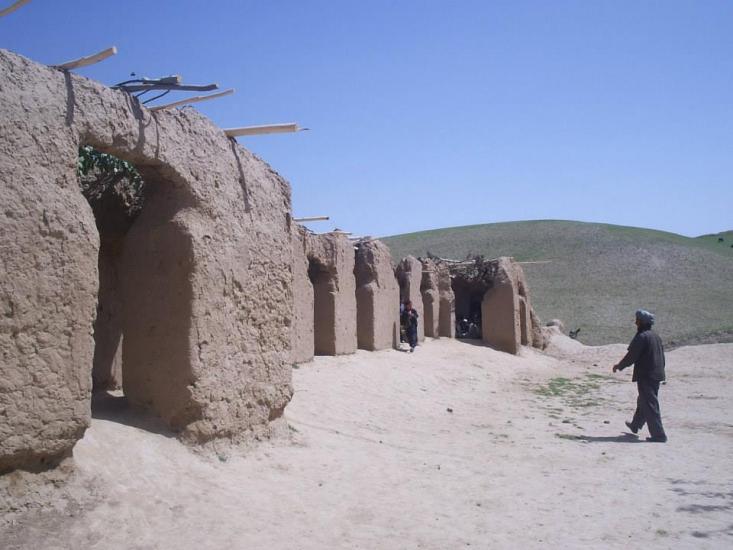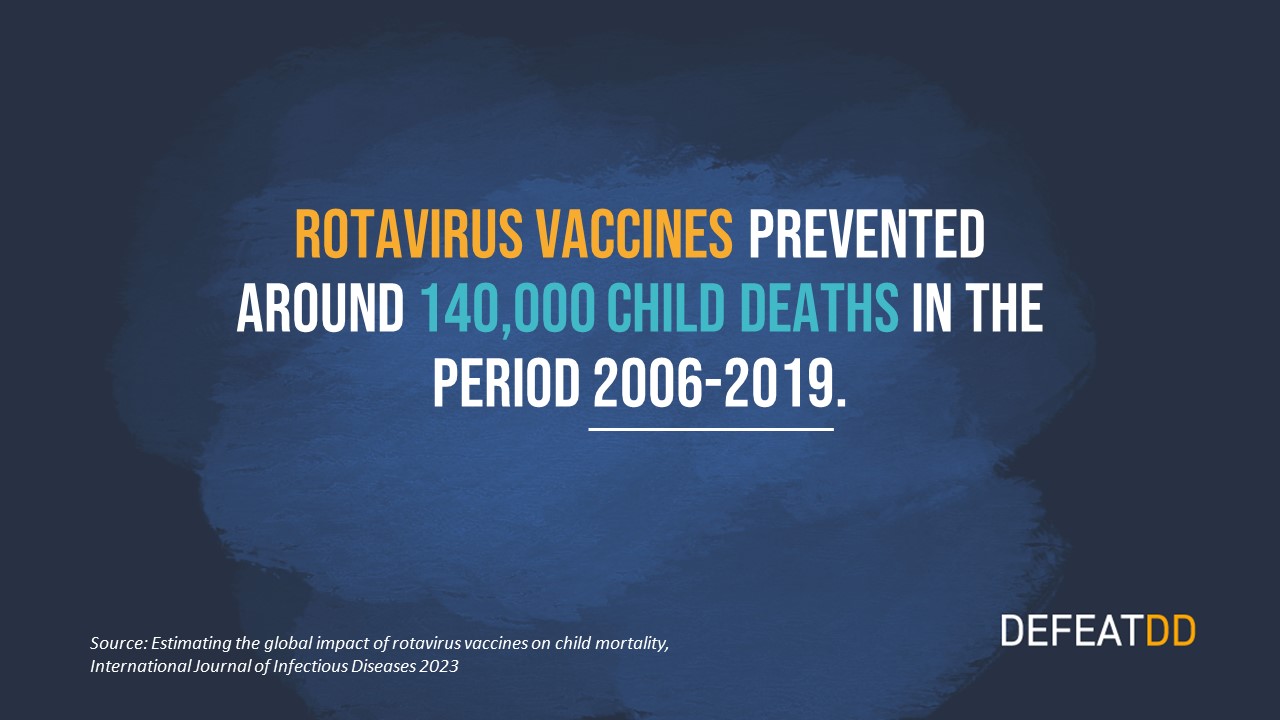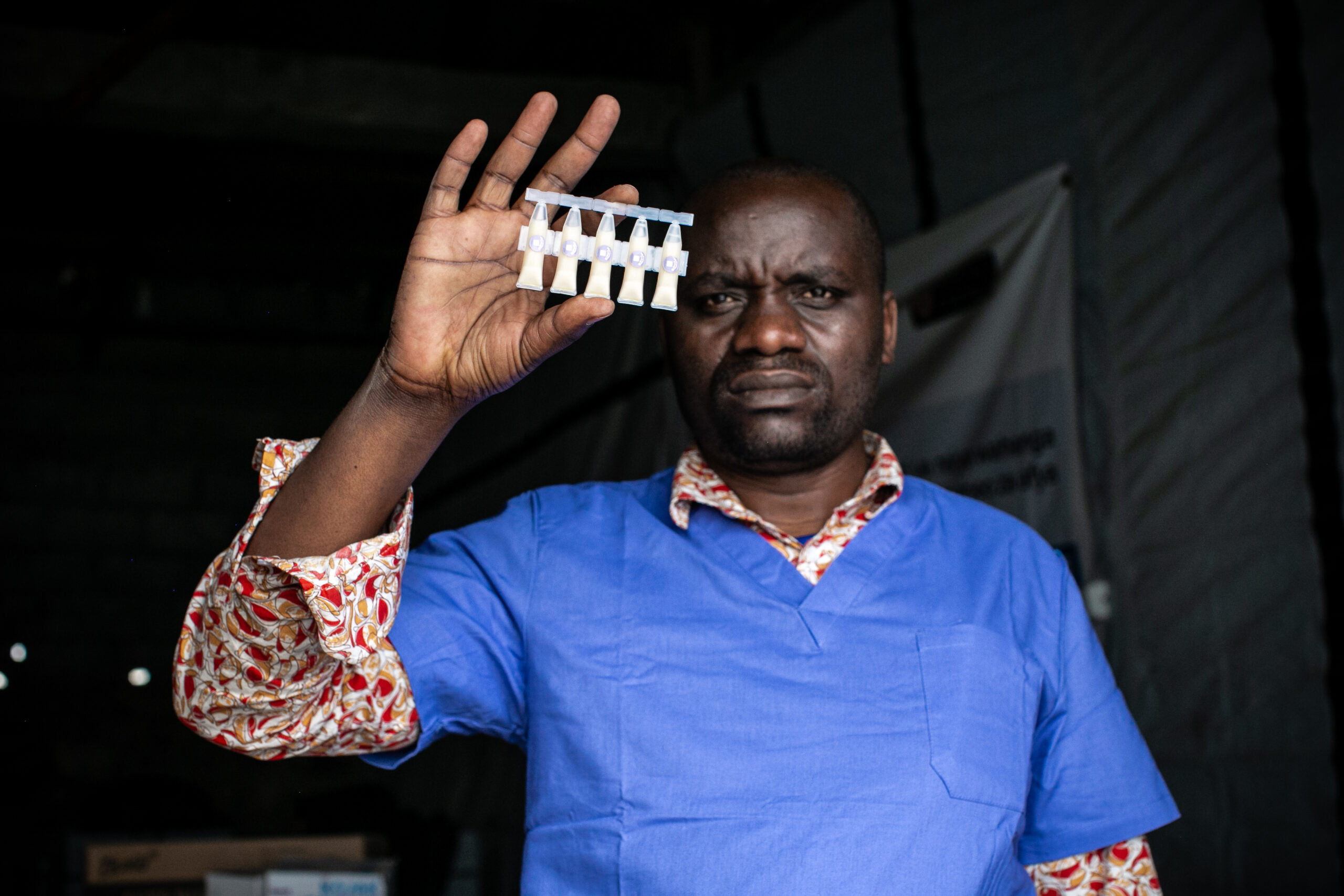Presenting DefeatDD's 2015 Toilet Calendar
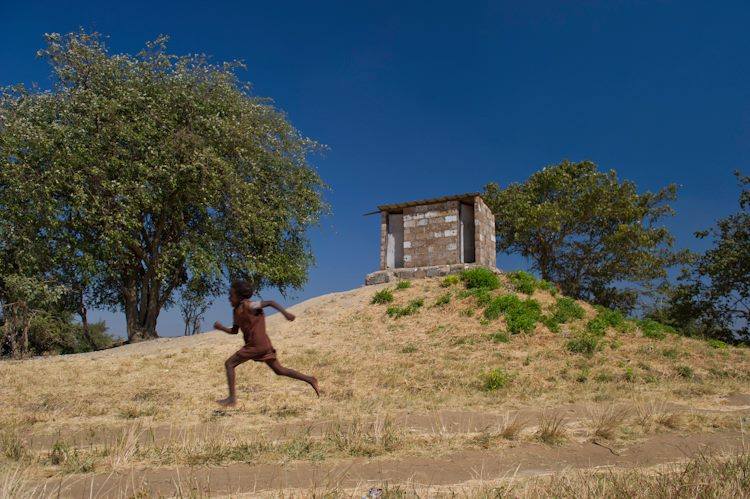
A growing body of evidence indicates that access to safe drinking-water, sanitation, and hygiene (WASH) services has an important positive impact on nutrition. Achieving the six Global Nutrition Targets 2025, as well as global goals for WASH and health, will require greater investments in nutrition and WASH. It will also require maximizing impact through smart and sustainable integrated actions.
This document, jointly prepared by WHO, UNICEF and USAID, summarizes the current evidence on the benefits of WASH for improving nutrition outcomes. It describes how WASH interventions can be integrated into national nutrition policies and programmes to add value. It will also serve as a valuable tool to help countries implement the policy options on WASH recommended in the Framework for Action adopted by the 2nd International Conference on Nutrition (ICN2), Rome, November 2014.
Read the full report.
A place to go – and then GO! Photographed by Gareth Bentley in Lusaka Province, Zambia.
Tea houses and toilets are welcome sites to weary travelers en route to Machhapuchhre.
A family responds to a community-led total sanitation (CLTS) project by constructing this playful latrine: the first in the area. Photographed by the CLTS facilitation team for Practical Action, in Mutoko, Zimbabwe.
This toilet belongs to Linda Herbacio Felix, who builds and maintains toilets and wells to provide for her six children. Thanks in part to her leadership, Auhyatara is one of the first villages in the region to havea toilet for every home. Photographed by Alanna Imbach, WaterAid, in the Autonomous Region of the Northern Atlantic, Nicaragua.
Night shot of the latrine in the previous photograph. Photographed by Rodrigo Cruz, WaterAid, in the Autonomous Region of the Northern Atlantic, Nicaragua.
Students learn healthy hygiene habits and help maintain school toilets int he GIZ Regional Fit for School Programme. Photographed by Ivan Sarenas, GIZ, in Laos.
Tic, tac, toilet! This cheerful latrine and handwashing station perform double duty by bringing fun, games-and hygiene-to students at Hakahana Kindergarten. Photographed by Fritz Kleemann, Sustainable Sanitation Alliance, in Omaruru, Namibia.
It’s the dawn of a new era for public primary school students in Akondromena village. Above the Global Handwashing Day logo, a statement of pride and a promise: “We’re washing hands with soap.” Photographed by Ernest Randriarimalala, WaterAid, in Miandrivazo district, Menabe region, Madagascar.
The local community has built a safe way to answer nature’s call amid their natural environment. Photographed by Teresa Guillien in Kisumu, Kenya.
Located in an urban slum and patched together from recycled materials, this toilet shows how communities have to manage when no better facilities are available. Photographed by Mohammed Imran, Eminence Associates for Social Development, in Sylhet, Bangladesh.
Inspired by community-led total sanitation (CLTS) activities, villagers constructed this low-cost latrine using natural materials: bamboo stems and leaves. Photographed by Kyaw Kyaw Soe, International Rescue Committee-Myanmar, in Nga Wa Village, Paletwa Township, Myanmar.
Summer brings new life to the lush Rasht Valley, and, soon enough, to these school latrines, which are on the community’s list for rehabilitation. Photographed by Seung Lee, Save the Children, in Tajikistan.
Munni Jatav’s toilet brings her security and peace of mind: “I was always having to pay attention before and was always scared of being attacked. When there is no electricity it was especially bad, but now we have privacy and are no longer scared.” Photographed by Marco Betti, WaterAid, in Gwalior, Golpahaba Slum, Madhya Pradesh, India.
At this school, toilets near classrooms are a welcome improvement. Basic latrines are available at either end of the row of classrooms. Photographed by Seung Lee, Save the Children, in Faryab province, Northern Afghanistan.


